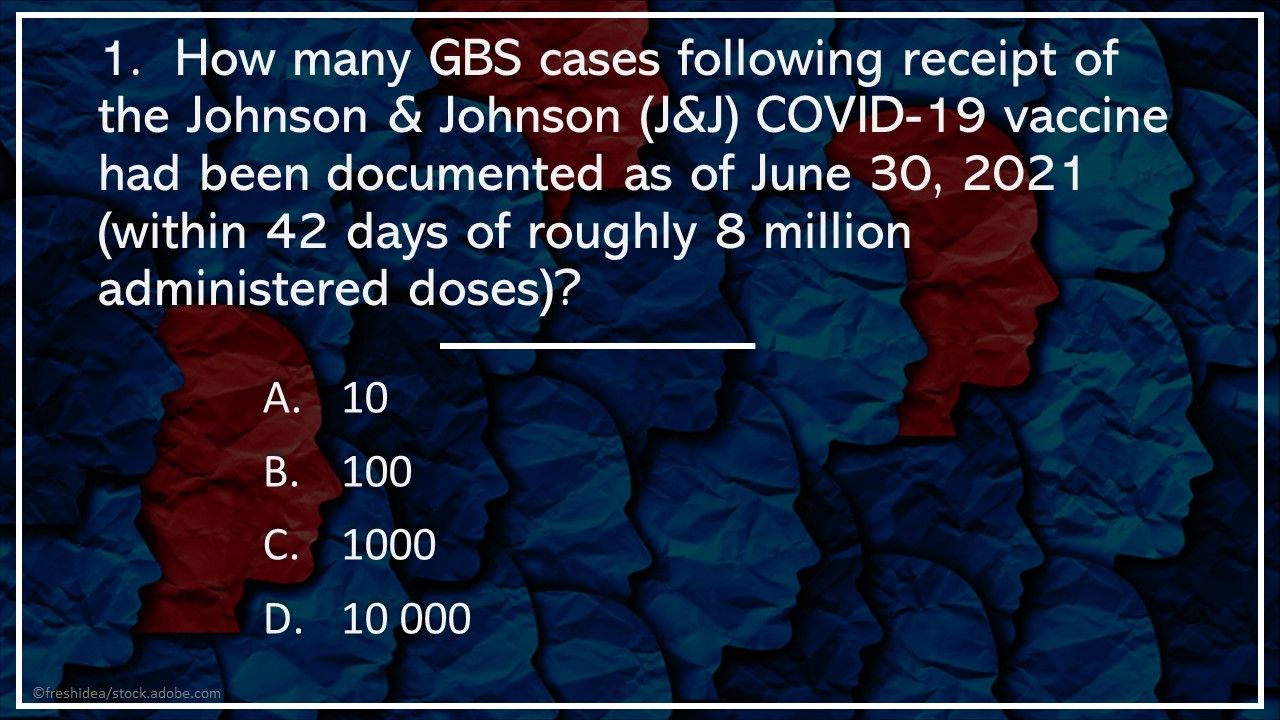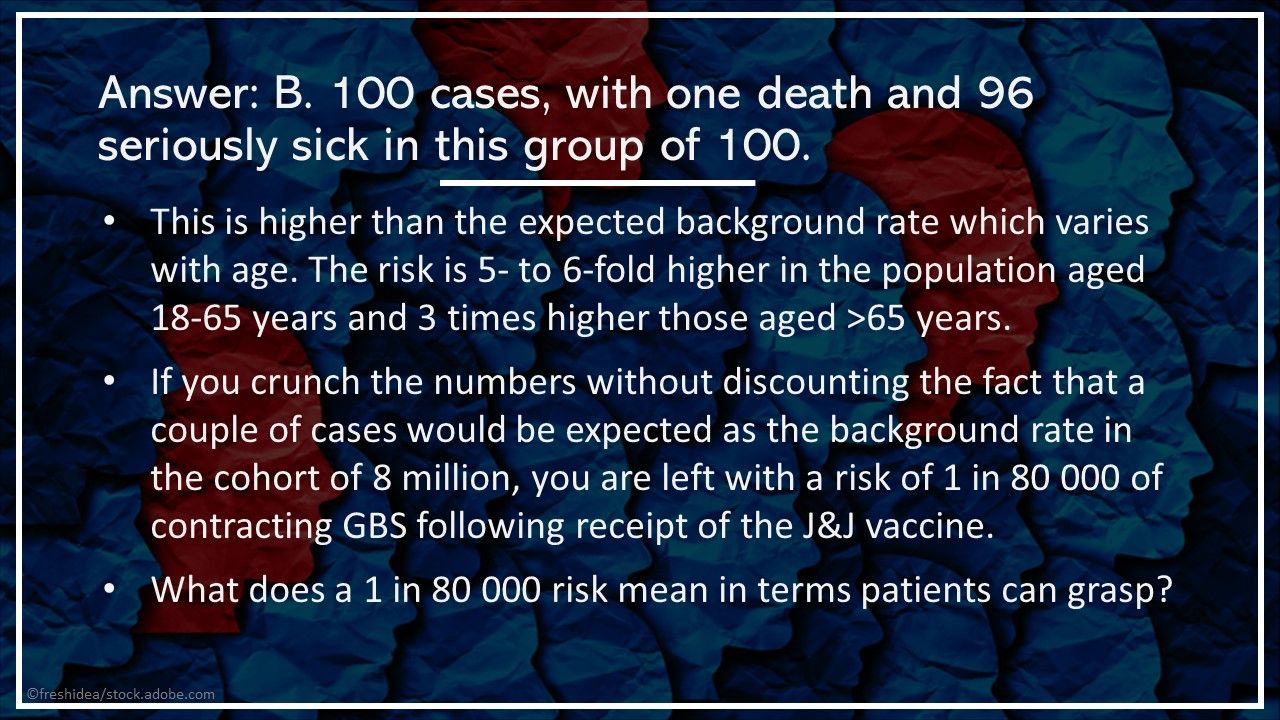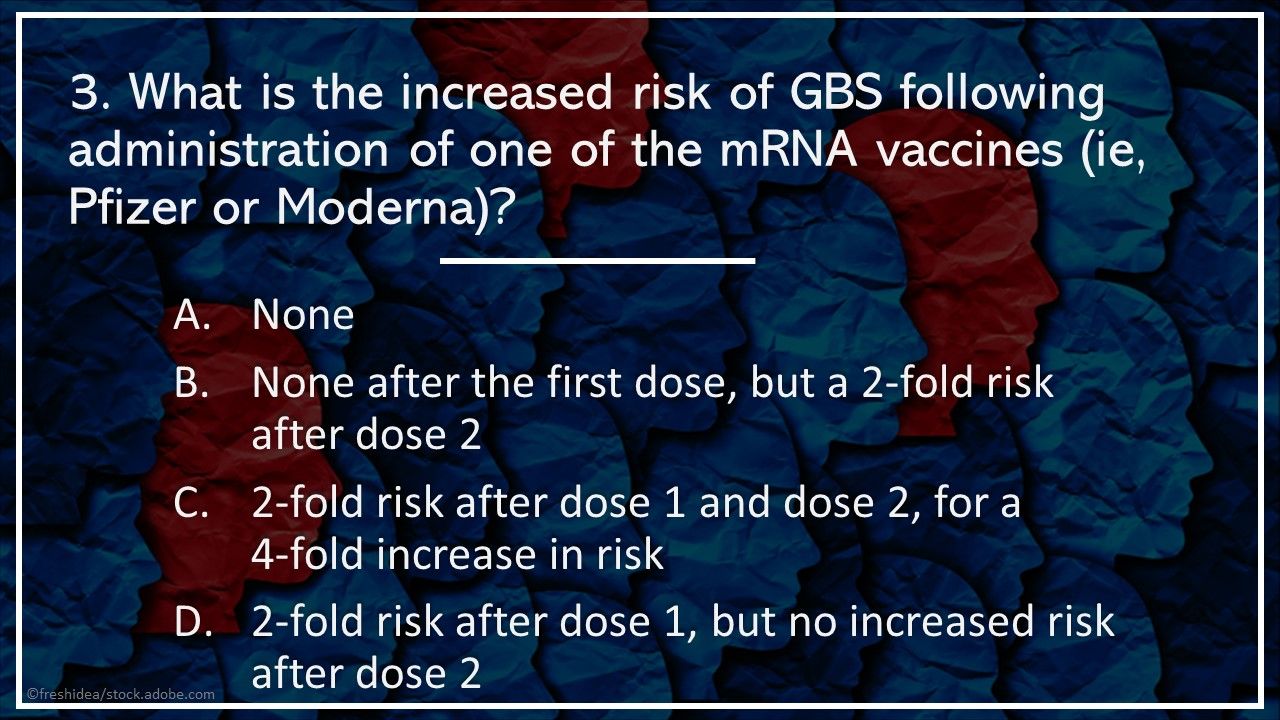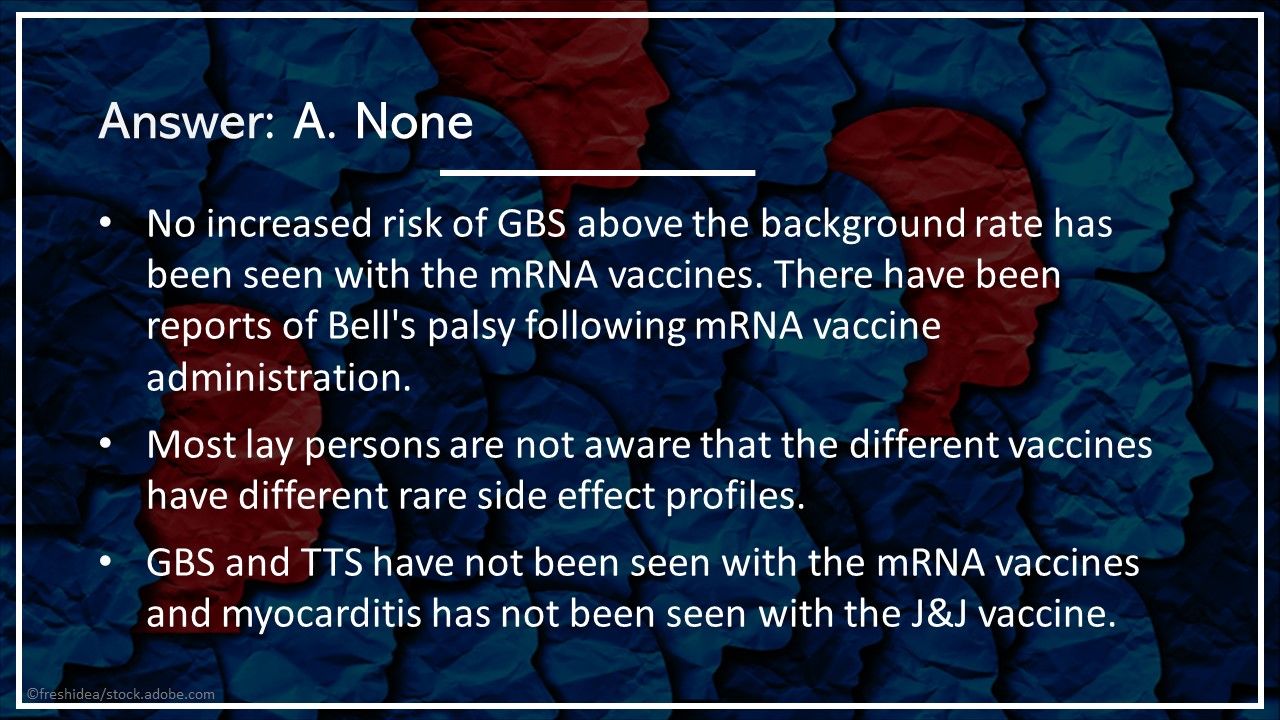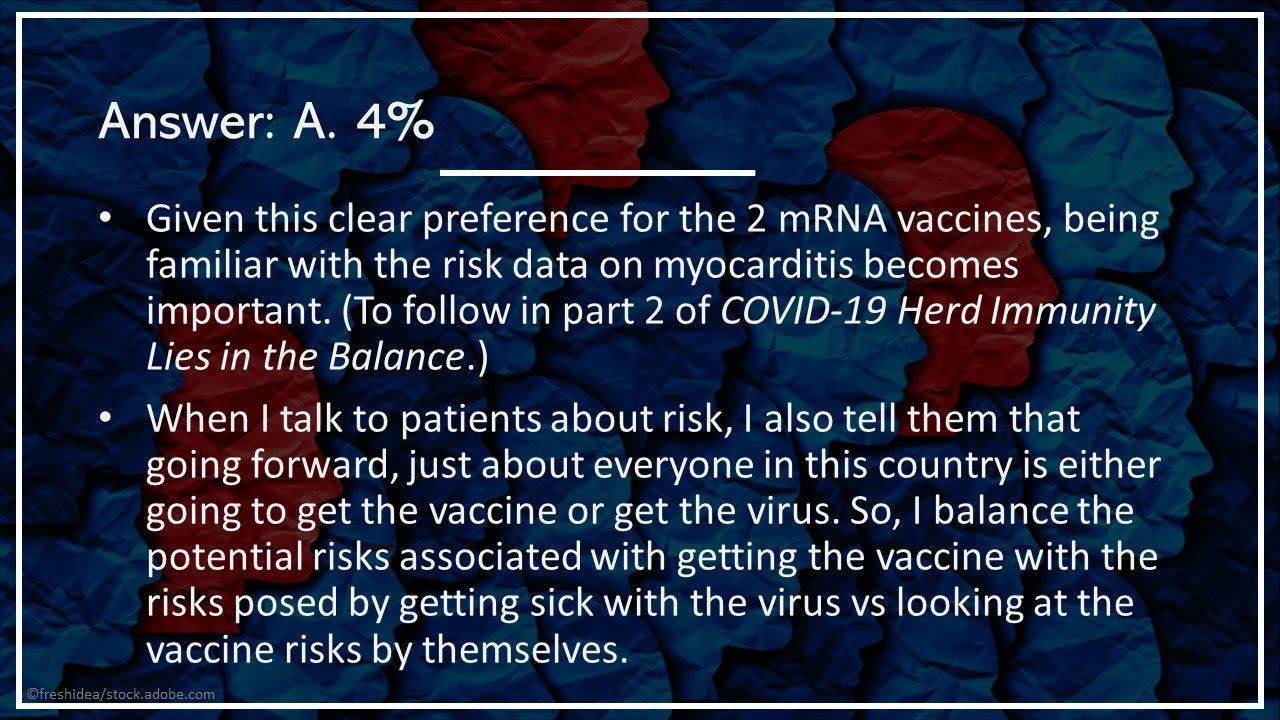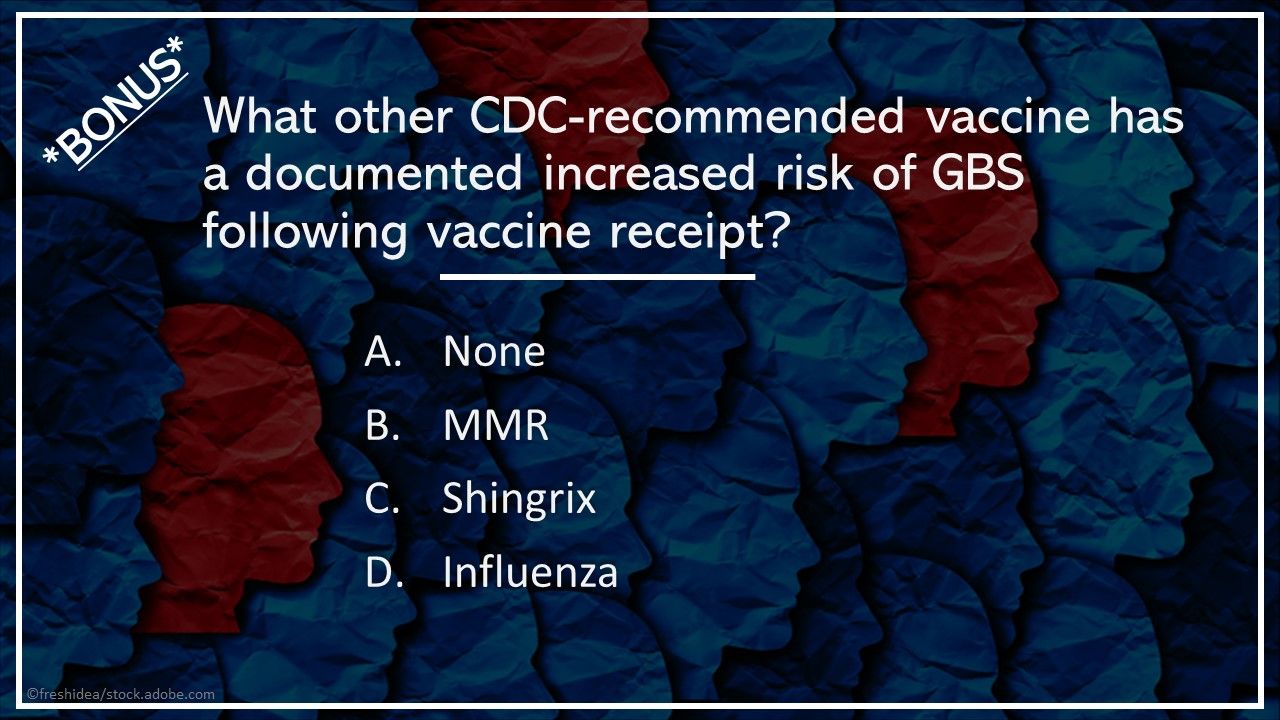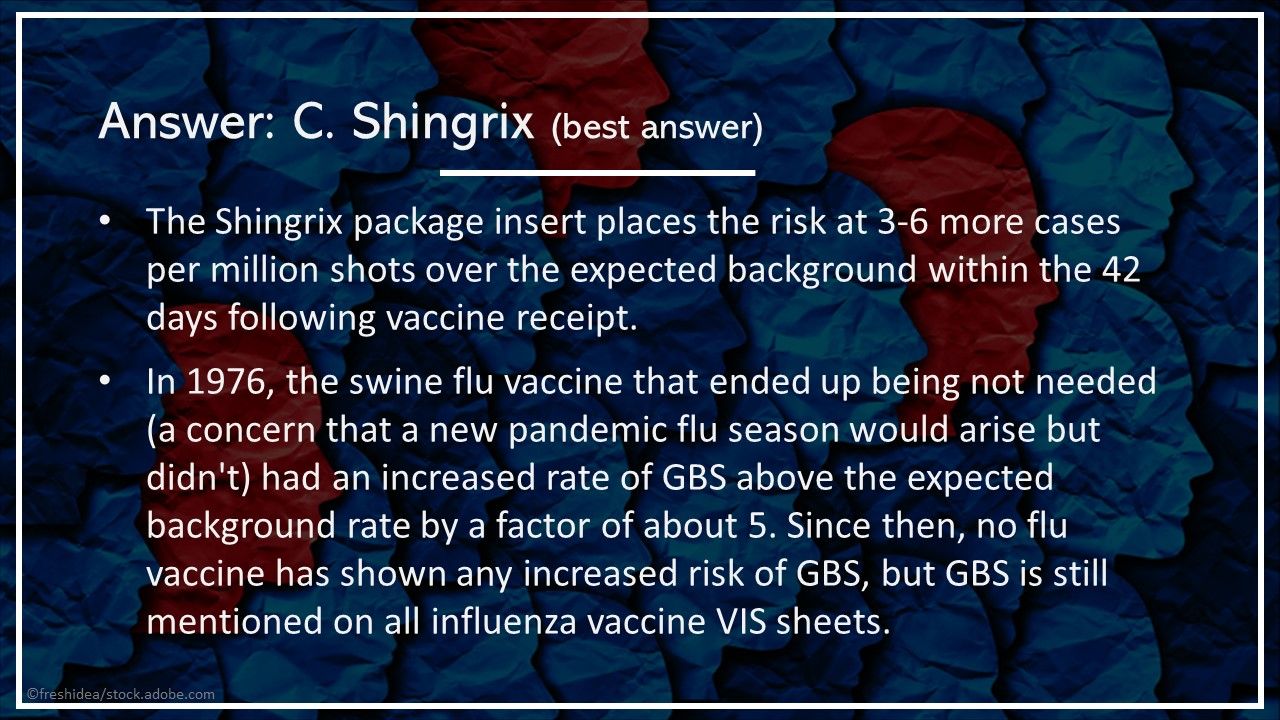The rapid spread of the Delta variant of COVID-19 has raised the bar for the percentage of the population that needs to be immune to the virus before the country can achieve the elusive goal of herd immunity.
Whether that immunity is the result of vaccination or infection, the original estimate of 70% has been raised to 85% of the population. (The viral load detected in persons infected with the SARS-CoV-2 Delta strain is approximately 1000 times greater than that detected with the original strain.)
We could get there more quickly if we can convince the unimmunized, vaccine-hesitant population to receive the vaccine now rather than later. In most surveys the primary reason for not getting the jab is concern over vaccine safety.
In dealing with this fear, I think the first step is to acknowledge that no vaccine is 100% safe and that getting vaccinated does expose one to some risk of rare and scientifically documented side effects like anaphylaxis, myocarditis, Guillain-Barré syndrome syndrome (GBS), and thrombosis with thrombocytopenia (TTS) depending upon the vaccine type received.
Would you be able to quantify these risks for a patient? Try this quiz to find out.
1. How many GBS cases following receipt of the Johnson & Johnson (J&J) COVID-19 vaccine had been documented as of June 30, 2021 within 42 days of roughly 8 million administered doses?
Answer: B. 100 cases of GBS following receipt of the J&J vaccine had been documented as of June 30, 2021, according to the Centers for Disease Control and Prevention, with 1 death and 96 who became seriously sick in this group of 100.
2. I think it is always helpful to compare a medical risk with risks of everyday life that we accept without concern. I ask patients what they think their chance of dying in a car accident in the next year is. Do you know the answer?
Answer: A. 1 in 8500. In 2019, just fewer than 39 000 Americans died in car accidents. Using a population of about 332 000 000 the risk is about 1 in 8512.
3. What is the increased risk of GBS following administration of one of the mRNA vaccines (ie, Pfizer or Moderna)?
Answer: A. None. No increased risk of GBS above the background rate has been seen with the mRNA vaccines. There have been some case reports of Bell's palsy following mRNA vaccine administration.
4. In the United States, what percentage of the total vaccine absolute numbers administered have been with the 1-dose J & J vaccine?
Answer: A. 4%*. Given this clear preference for the 2 mRNA vaccines, being familiar with the risk data on myocarditis becomes important. (To follow in part 2 of COVID-19 Herd Immunity Lies in the Balance.) When I talk to patients about risk, I also tell them that going forward, just about everyone in this country is either going to get the vaccine or get the virus. So, I balance the potential risks associated with getting the vaccine with the risks posed by getting sick with the virus vs looking at the vaccine risks by themselves.
*Based on CDC data as of 8/2/2021.
Bonus Question: What other CDC-recommended vaccine has a documented increased risk of GBS following vaccine receipt?
Answer: C. Shingrix (best answer). The Shingrix package insert places the risk at 3-6 more cases per million shots over the expected background within the 42 days following vaccine receipt.


